
4-Xtremes – Part 48: Bizarre natural phenomena and a cheese fondue on the beach
Series: 4-Xtremes – The World Tour
Just like Fuerteventura, Lanzarote is also a geological treasure chest. It's also an island at the mercy of The Calima weather system. But that's not the only surprise in store for the Kammermanns...
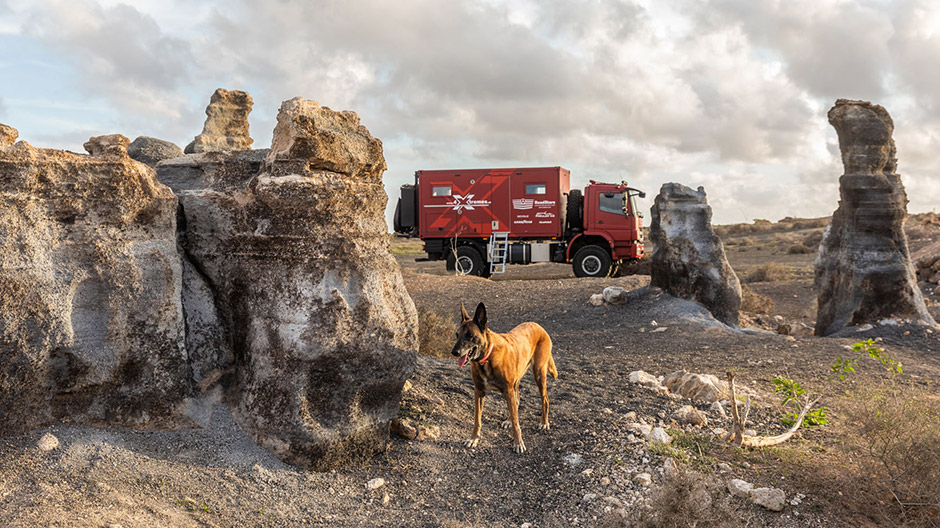
The volcanic cones created by erosion are characteristic of the Lanzarote landscape.
When we thought of Fuerteventura, the main images that came to mind were oversized tourist developments, and pensioners spending their winters by the pool. We already told you last time how wrong we were! On Fuerteventua, we were both fascinated by the bizarre and barren landscapes and spellbound by the charming village of Betancuria in the island's interior. The historic white and terracotta-coloured buildings, surrounded by palm trees, are built into the valley itself. This municipality of just 800 inhabitants was once the capital of the island and is now regarded as one of the most beautiful villages in Spain. And quite rightly so, we think!
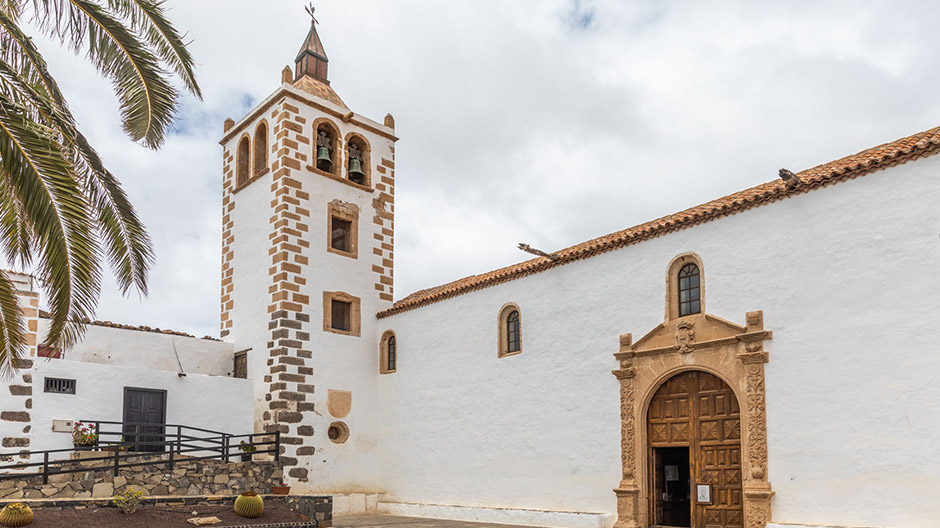
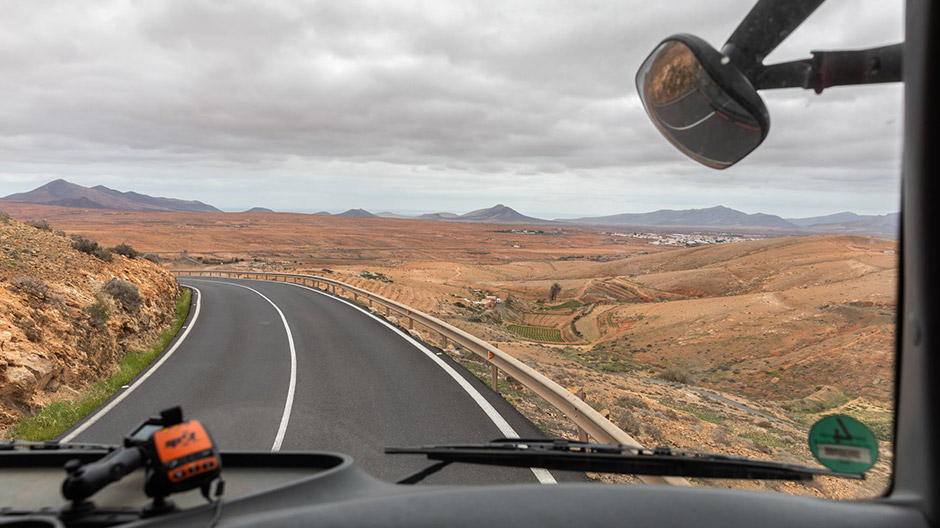
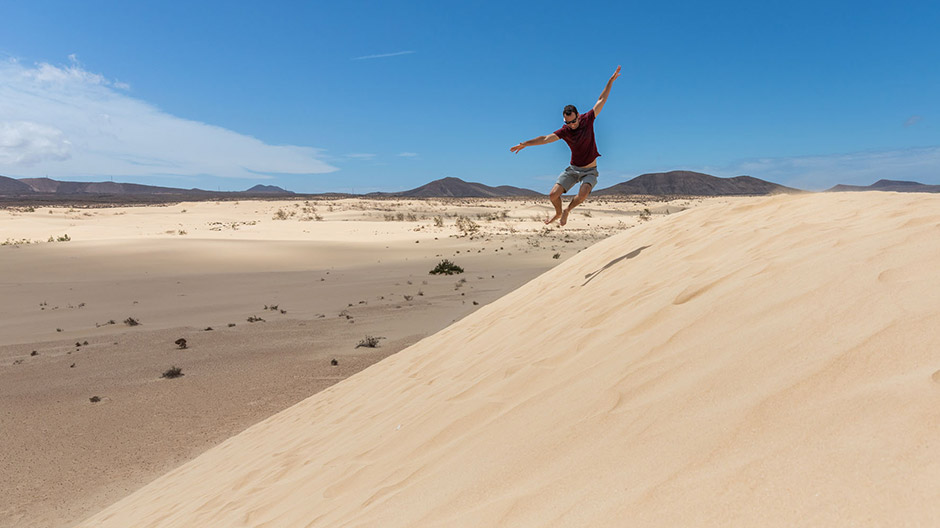
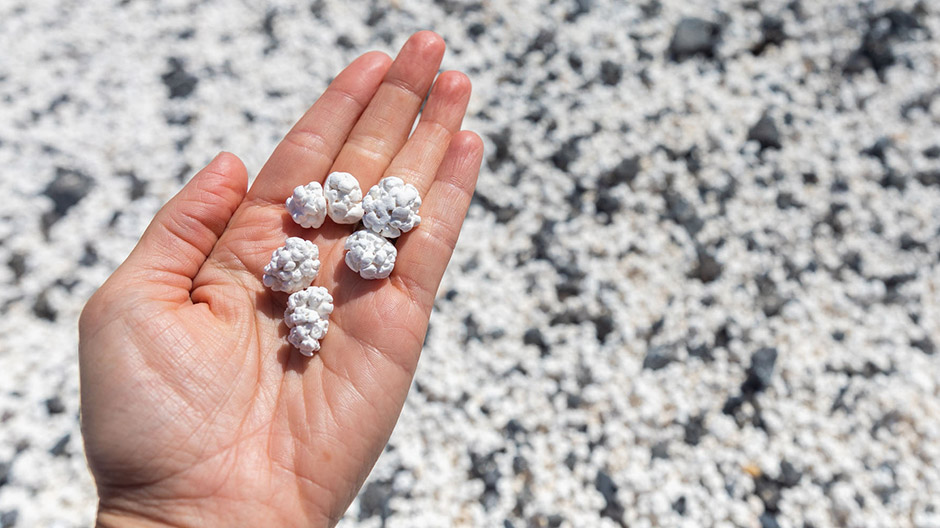
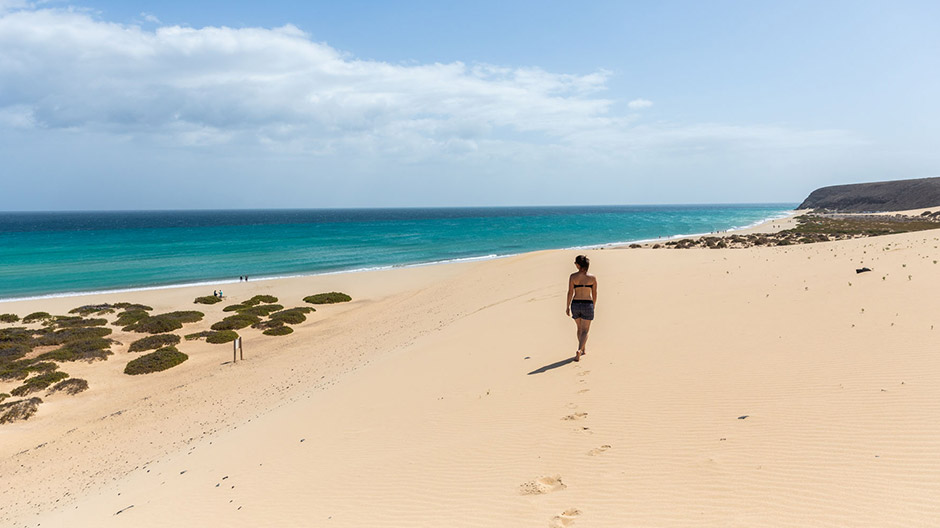
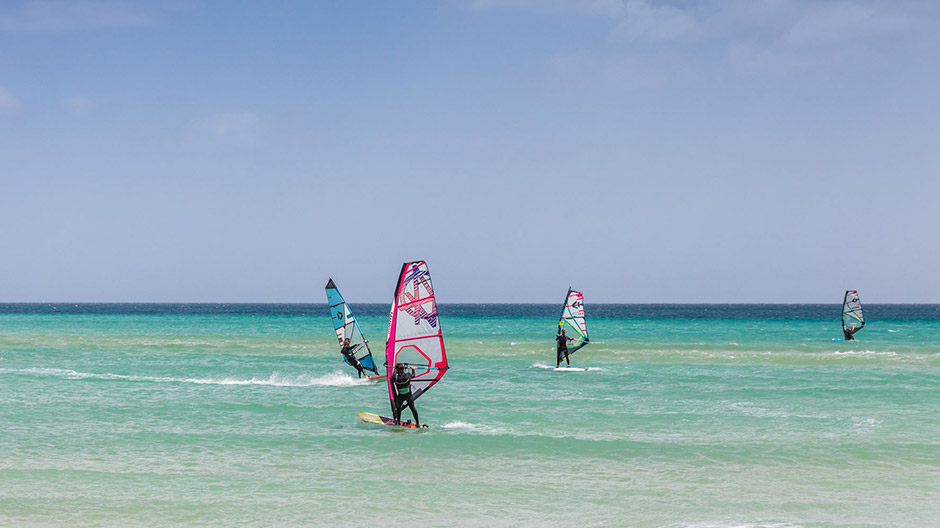
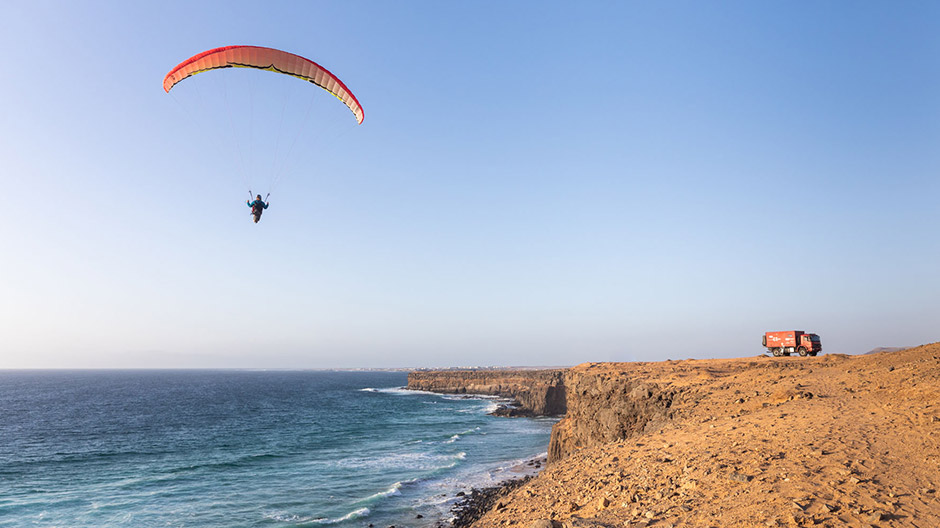
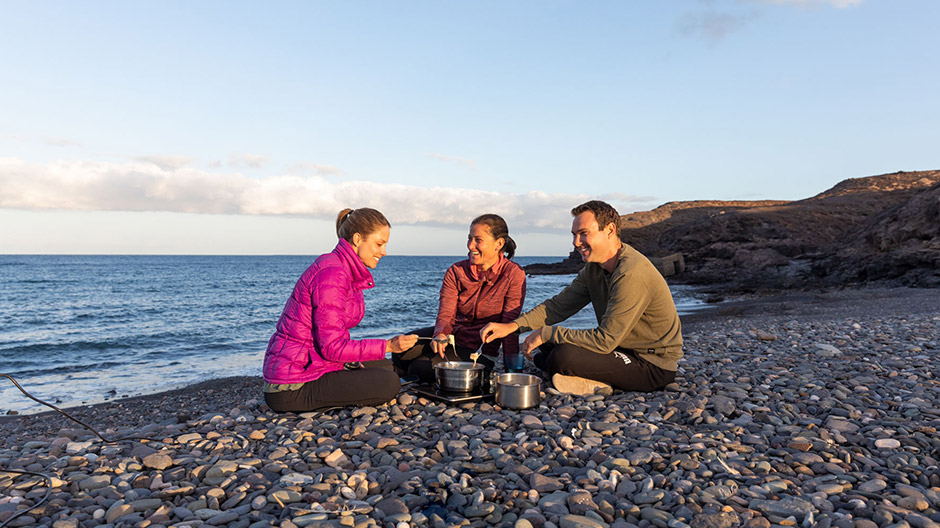
Our stay on the island is coming to an end. While spending the last few days with Andrea's sister, we come across a bit of a challenge. As you may already know, we had disassembled the middle seat in our Axor to make room for Aimée’s bed, meaning that we couldn't use the truck for excursions. Instead Andrea's sister we hired a small car so we could visit the famous Corralejo sand dunes. But all's well that ends well: the coastal road that passes the dunes has a weight limit of 3.5 tonnes, so we couldn't have driven along it with the Axor anyway – in the end, we were glad we hired a bouncy little rental car!
A beach full of popcorn.
In the far north of Fuerteventura, we get to see a weird and wonderful natural phenomenon: a popcorn beach! There are big signs up warning that it's not real popcorn and so best not to eat it – so don't get any silly ideas! But we do wonder if the big billboards that we've just passed advertising dentists are a sign that not many people listen to this advice...
These small, lumpy beads are in fact algae fossils called rhodolites. The algae grow in the sea at a depth of 100 to 200 metres and are actually red. When their life cycle is over, they turn white and gain a structure similar to that of popcorn.
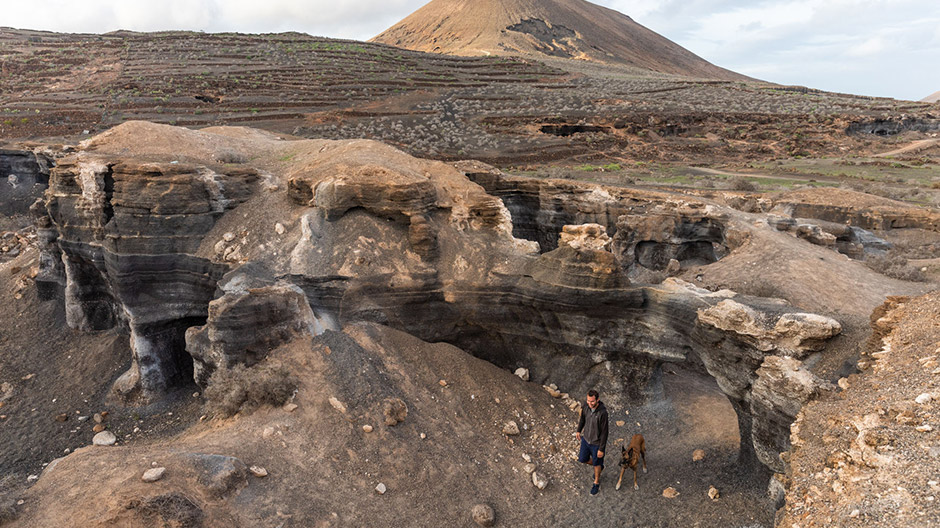
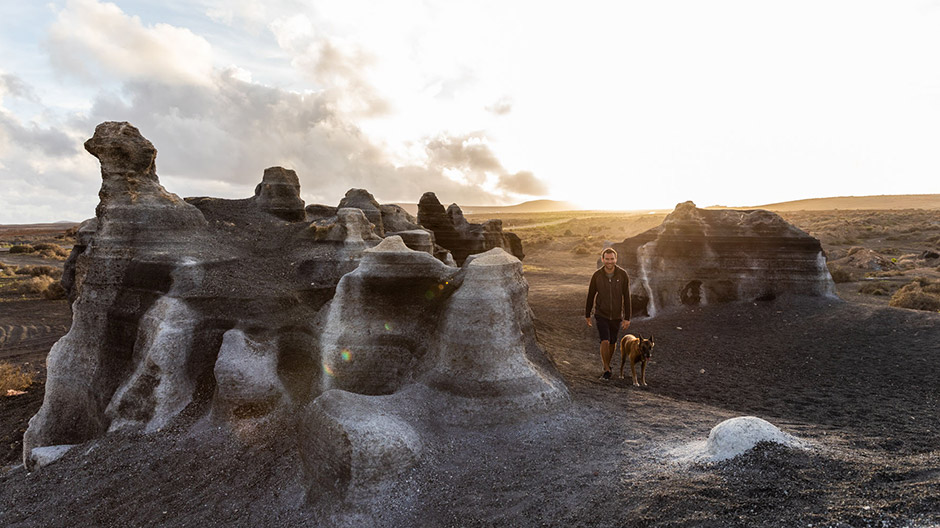
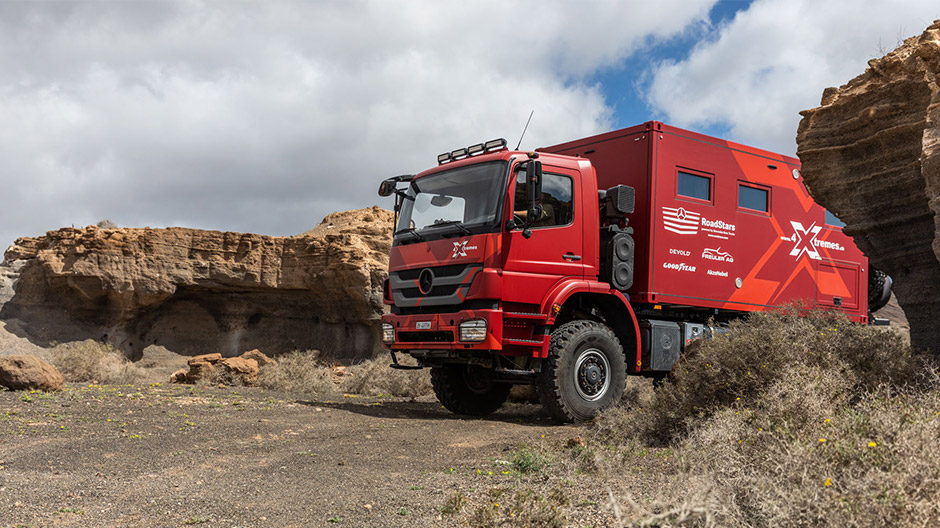
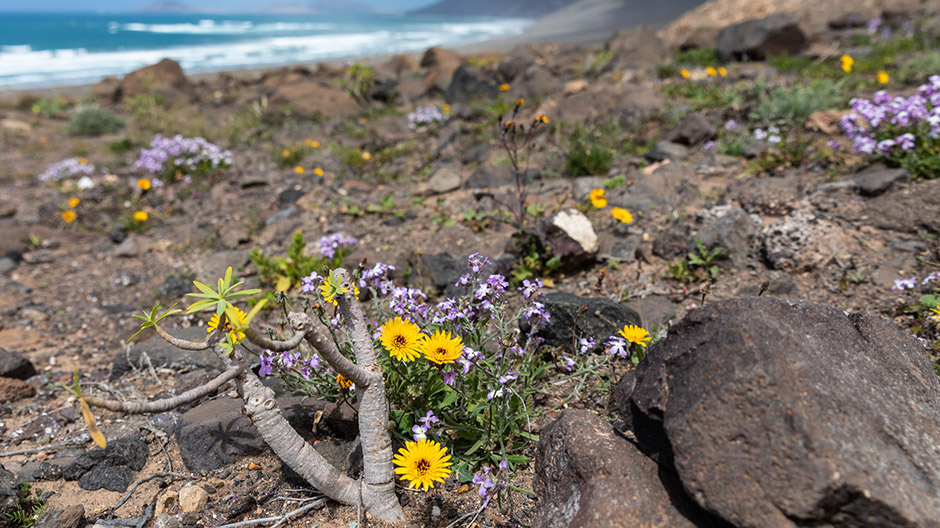
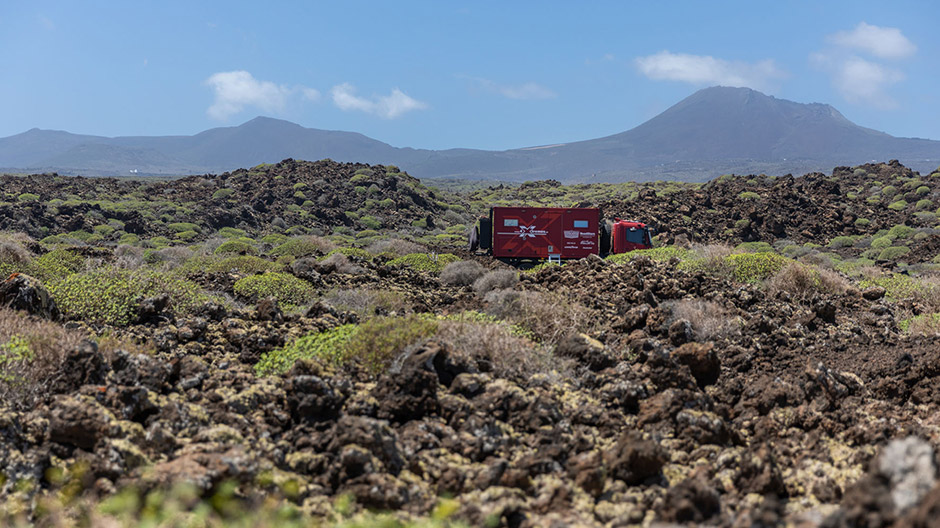
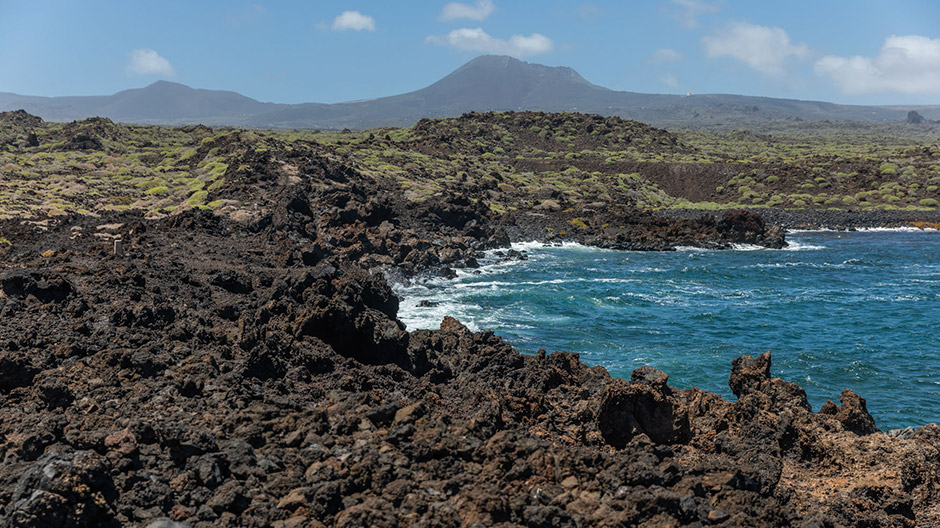
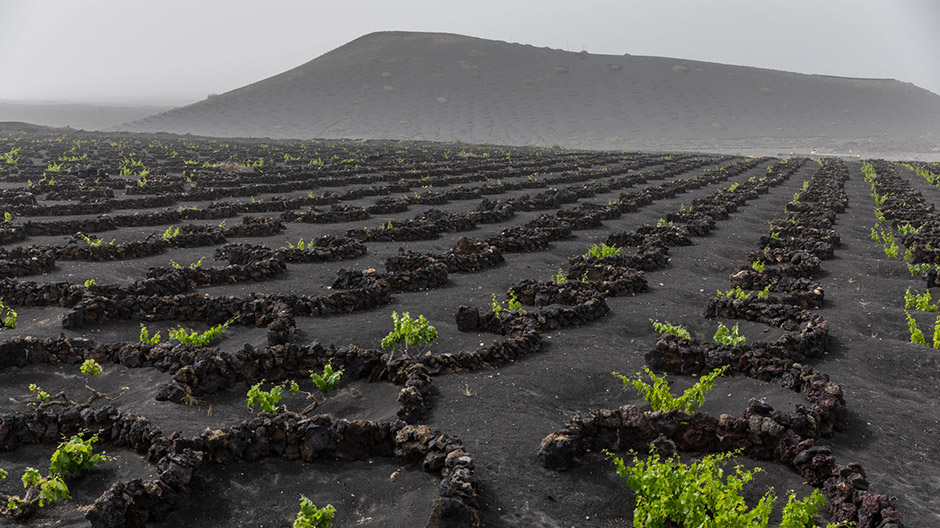
Swiss cultural heritage in the Canary Islands.
Fuerteventura is also a well-known paradise for windsurfers and kitesurfers. One particular hotspot is Jandía beach, which stretches for kilometres on end and which floods every day to form shallow lagoons. But we want a break from the relentless wind and so keep driving! We enter a small valley, where we decide to spend our last evening on the island indulging in a little Swiss nostalgia with Andrea's sister in the form of a cheese fondue on the sea front.
The next day we’ll be on the ferry to Lanzarote. The island was declared a Biosphere Reserve by UNESCO in 1993. The landscape is characterised by countless distinctive cones made of eroded volcanic ash, scultped over decades by the wind and rain. The volcanic ash is also mined and used to cultivate the vines grown on the island. The coarse grained ash retains moisture and prevents weeds from growing.
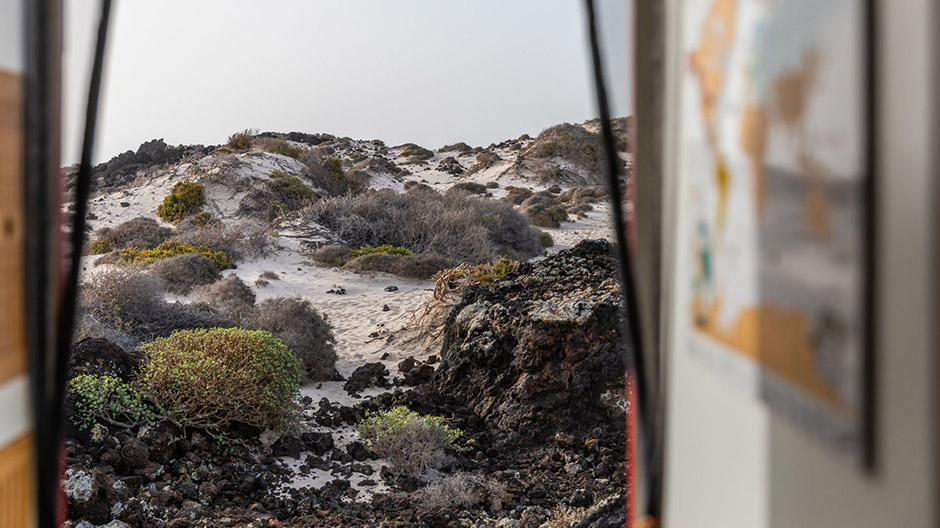
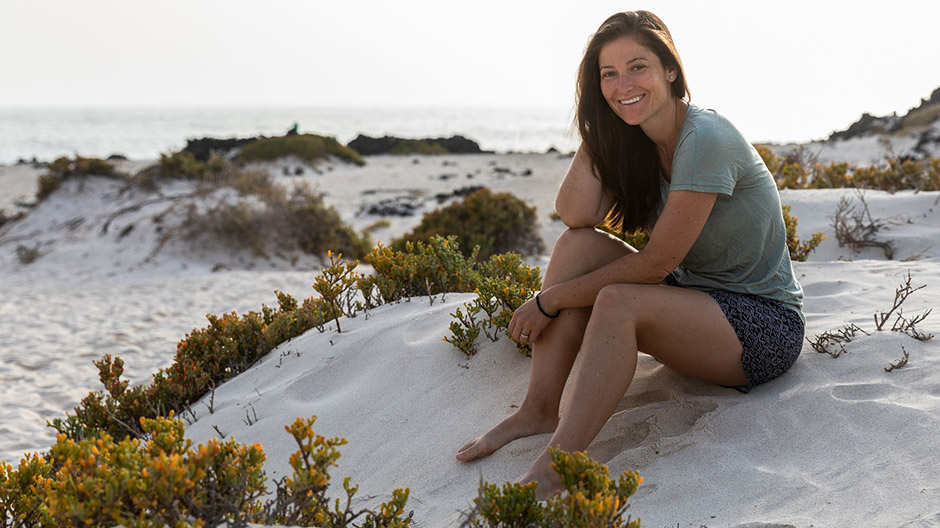
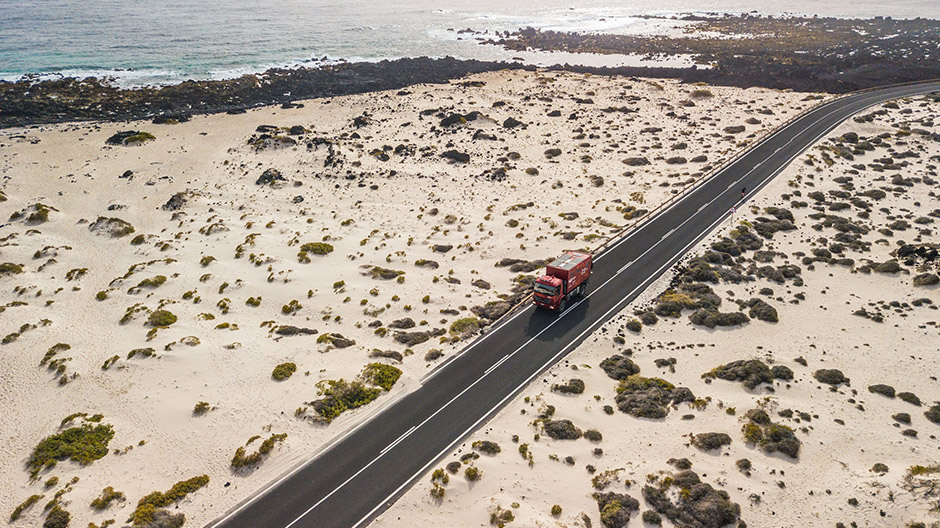
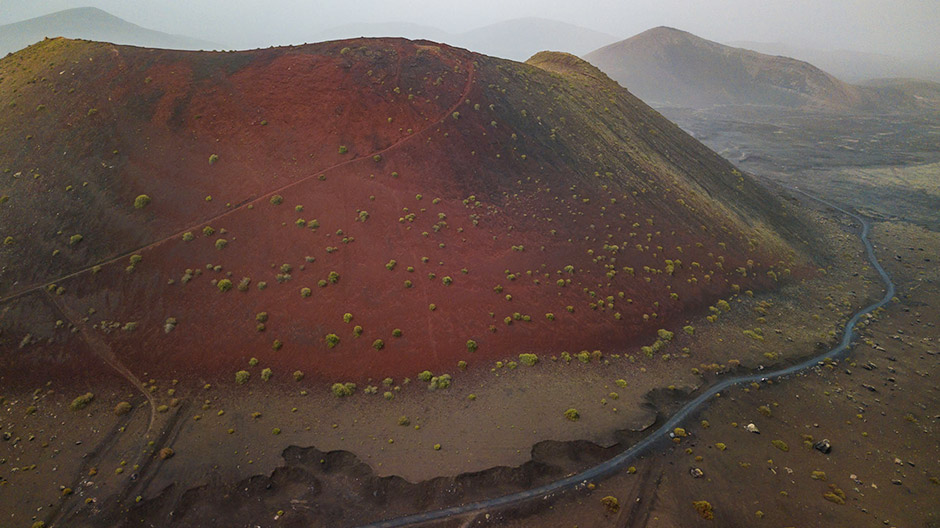
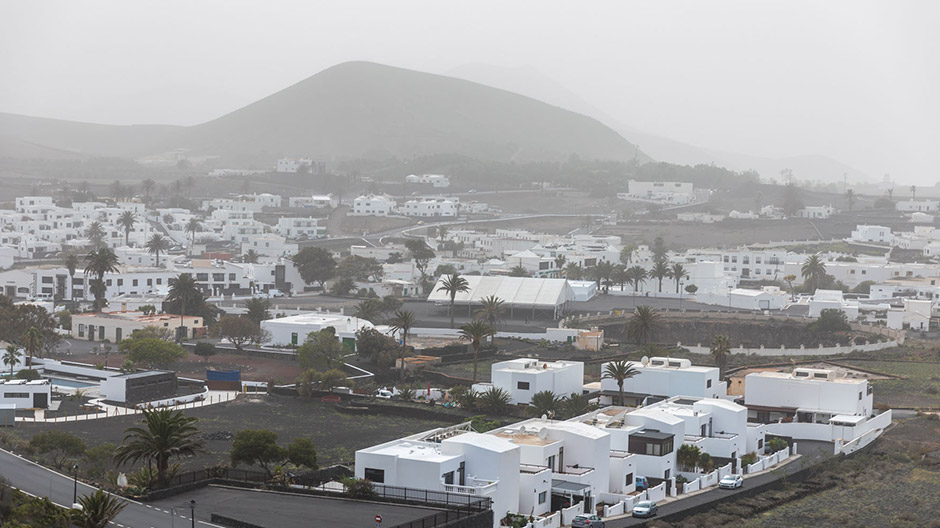
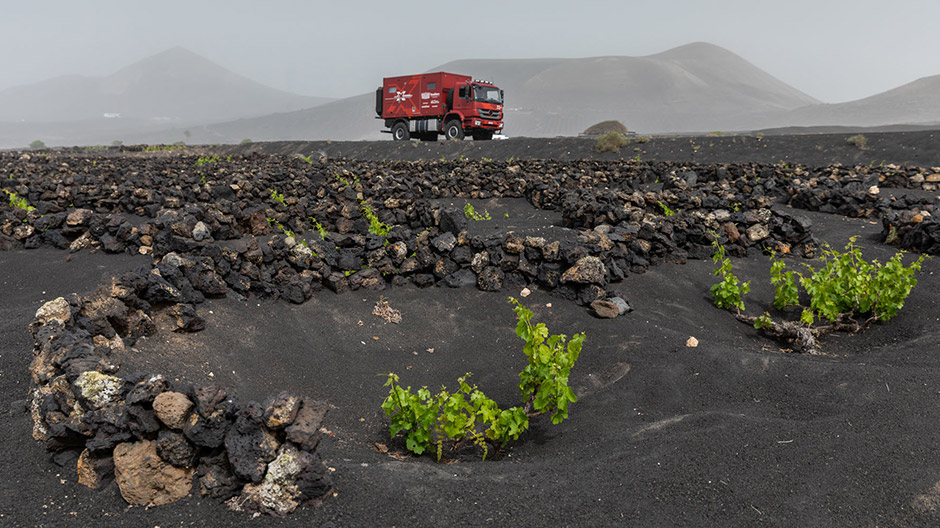
Lanzarote also has a very varied coastline: flat beaches with heavy surf, small bays tucked between the jet black lava and truly white sand beaches – Lanzarote has it all.
And because the island is so dry, essential tasks like filling our water tank quickly become a challenge. You can count the places where you can get drinking water on one hand. Unlike on the greener islands like La Palma, where there are lots of public taps with spring water, here on Lanzarote, we need to find automated water dispensers where you can get 50 to 100 litres of water for one euro. It's a sobering reminder of just how valuable water is on these barren islands.
Greetings from the Sahara!
We're just setting out on the next stage of our journey when we are caught by surprise by The Calima, a weather phenomenon unique to the Canary and Cape Verde Islands, an easterly "sand wind" from Africa. Temperatures suddenly rise from 25 to over 35 degrees Celsius, and visibility decreases more and more as the day progresses. The sky doesn't exactly turn yellow, but fine Sahara dust is constantly blown through the air and can be spotted resting on vehicles, on the roads... everywhere, in fact!
It's no problem for the Axor – we've already experienced temperatures almost twice as high in Iran – but we do need to keep a close eye on Aimée and make sure her head and paws are kept wet at all times so that she stays cool. Since the oppressive heat leaves us feeling too drained to do very much at all, we decide to book the ferry back to Fuerteventura and from there continue on to Gran Canaria, the last of the seven Canary Islands which we have yet to explore.
4-Xtremes – The World Tour.
An unparalleled journey.
Andrea and Mike Kammermann have been on tour in their Axor for three years. "4-Xtremes – The World Tour" is the motto of the journey that the two Swiss nationals embarked on in mid-2020 and which they share with the RoadStars community. Keep up to date and don't miss out on any of the stunning destinations visited by the adventurous pair.
You can find the current parts from the “4-Xtremes – The World Tour” series here.
You can find the route of the trip before the crossing to South America here.
Photos: 4-Xtremes




Comment
Please log in to post a comment.
8 comments
Und wieder etwas gelernt dabei: von den Popcorn-Algen hatte ich noch nie gehört... ☺️
Und wieder etwas gelernt dabei: von den Popcorn-Algen hatte ich noch nie gehört... ☺️
Auch wir lernen konstant Neues über die Welt. Schön das wir es hier mit euch allen Teilen dürfen.
Liebe Grüsse 😎
Auch wir lernen konstant Neues über die Welt. Schön das wir es hier mit euch allen Teilen dürfen.
Liebe Grüsse 😎
... erneut gespanntes Warten auf den nächsten Reisebericht 😉😃
... erneut gespanntes Warten auf den nächsten Reisebericht 😉😃
👍👍👍👍👍👍👍⛟😎
👍👍👍👍👍👍👍⛟😎